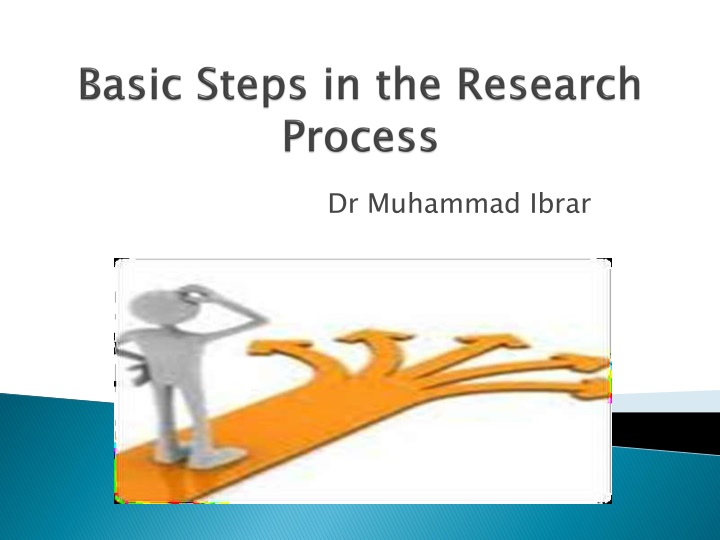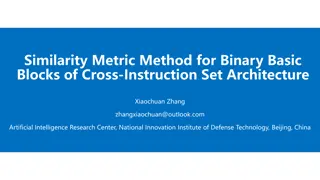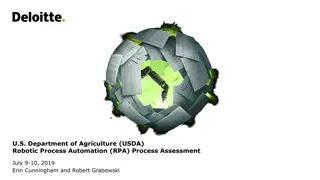
Effective Steps in Research Process for New Knowledge Acquisition
Delve into the systematic process of conducting research to gain new knowledge by understanding the problem, conducting a literature review, setting clear objectives, and designing the research plan efficiently.
Download Presentation

Please find below an Image/Link to download the presentation.
The content on the website is provided AS IS for your information and personal use only. It may not be sold, licensed, or shared on other websites without obtaining consent from the author. If you encounter any issues during the download, it is possible that the publisher has removed the file from their server.
You are allowed to download the files provided on this website for personal or commercial use, subject to the condition that they are used lawfully. All files are the property of their respective owners.
The content on the website is provided AS IS for your information and personal use only. It may not be sold, licensed, or shared on other websites without obtaining consent from the author.
E N D
Presentation Transcript
RESEARCH NEW KNOWLEDGE PROCESS PROCESS INCLUDES STEPS FOLLOWED TO DO A PARTICULAR RESEARCH RESEARCH A SYSTEMATIZED EFFORT TO GAIN PROCESS
RESEARCH PROCESS CONSIST OF SERIES OF ACTION OR STEPS NECESSARY TO EFFECTIVELY CARRY SEQUENCING OF THESE STEPS OUT RESEARCH AND DESIRED
A problem well- -defined is half solved Firstly research problem should be find out which the researcher want to solve The research process begins with the recognition of a problem or issue. At the very outset the researcher must single out the problem he wants to study, i.e to decide area of interest. There are two steps involved in : a. Understanding the problem thoroughly b. And rephrasing the same into meaningful terms from an analytical point of view The best way of understanding the problem is to discuss it with one s own colleagues or with those having the same expertise in the matter. A problem well defined is half solved
Literature review or Review of Literature is integral part of entire research process and makes valuable. Reviewing literature can be time-consuming, scary and frustrating, but is also rewarding. Its functions are: a. Bring clarity and focus to your research problem; b. Improve your methodology; c. Broaden your knowledge.
If you do not know what you are looking for, you wont find it Objectives are the goals you set out to attain in your study. If you do not know what you are looking for, you won t find it They inform a reader what you want to attain through the study. It is extremely important to word them clearly and specifically. Objectives should be listed under two headings: a) main objectives ( aims); b) sub-objectives. The main objective is an overall statement of the drive of your study. The role of the objective is to guide the researcher by defining the area of research and to keep him on the right track.
Research Design step involves the development of a research plan The function of research design is to provide for the collection of relevant evidence with minimal expenditure of effort, time and money. Research Design Universe of the Study Sample Size Sample Technique Data Collection Research Design step involves the development of a research plan for carrying for carrying out the study out the study. . Research Design - -
Primary Data Primary Data Secondary Data Secondary Data Which is collected first time and by the researcher himself. Which is not collected by the researcher himself but by someone Else. EXAMPLE: Journals/Govt/Official Documents etc EXAMPLE: Questionnaire/observation /personal and telephonic interview EXAMPLE:- - EXAMPLE:- -
The Analyses of data can of two types: Quantitative analysis Qualitative analysis Thus analysis of data require a number of closely establishment of categories, the application of these categories into raw data through tabulation, chart and then draw inferences. Analysis work is based on the computation of various percentage etc. related operations such as
Researcher has to prepare the report of what has been done by him. Findings are presented often by research ,objective should be in clear and concise way The report will communicates properly and result to clients






















